Lakki Marwat District
Trend Analysis
Demographics | 1998 | 2017 |
Area SqKms | 3164 | 3164 |
Population | 490,025 | 876,182 |
Population Density / SqKm | 154.9 | 276.92 |
Urban Population | 46878 | 66543 |
Rural Population | 443187 | 786865 |
Total Housing Units | 53302 | 66746 |
Housing Units having Electricity | 46386 | 57896 |
Housing Units Having Piped Water | 20636 | 35656 |
Housing Unit using Gas for cooking | 111 | 356 |
Source: Pakistan Bureau of Statistics
Outline
Lakki Marwat is one of the southern districts of KP. It was created as an administrative district on July 1, 1992, prior to which it was a tehsil of Bannu District. There are investment opportunities for exploration companies to invest in Lakki Block being identified by KPOGCL.
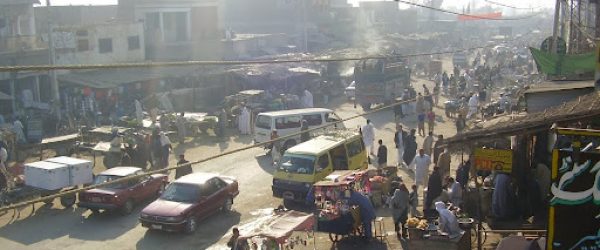
1. Agriculture
According to Crop Report 2015-16 by the Agriculture Department GoKP, total cultivated area is 36296 hectares, with 1748 tons production of maize on 904 hectares, rice production is 343 tons on 216 hectares, 198 tons Bajra (Pearl Millet) produced on 40 hectare irrigated area. 225 tons of Jowar (Sorgham) produced on 328 tons irrigated area. 2015-16 figures indicate that 580 tons of Autumn (Kharif) crops were produced on 98 hectares district Lakki Marwat. Similarly 23436 tons of autumn (Kharif) fruits were produced on 1781 hectares. 11880 tons of sugarcane was produced on 298 acres. 30370 tons of wheat was produced on 21138 hectares. Barley (330 tons), Gram (chick pea) 4893 tons.
1488 tons of Rabi (winter) vegetables were produced on 127 hectares while 1031 tons of Rabi fruits were produced on 112 hectares in Lakki Marwat during the year 2015-16 (Crop Statistics Report 2015-16 by the Agriculture Department GoKP).
Farmers should be instructed to plant that crops which has higher competitive advantage and provide higher returns. Good standard of fertilizers with regular supply of water should be facilitated to increase the cultivated area of Lakki Marwat.
- Crops that are more productive and can yield per hectare abundantly should be given more attention.
- More wells and left pump should be made in different cultivated areas to increase more productivity.
- Land use intensity is 57.6 percent and cropping intensity is 34.2 percent. Which is less.
- Workshops and seminars should be conducted time to time in order to know more about farming and latest farming techniques.
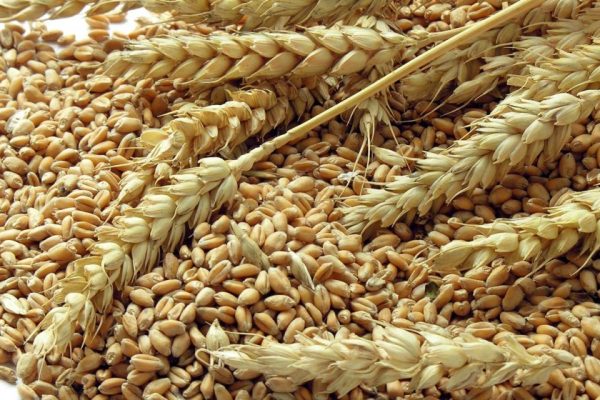
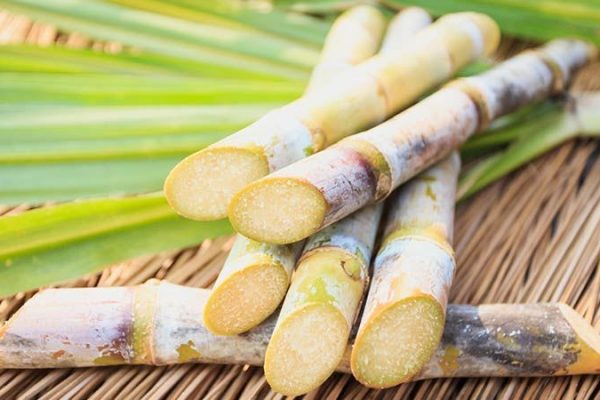
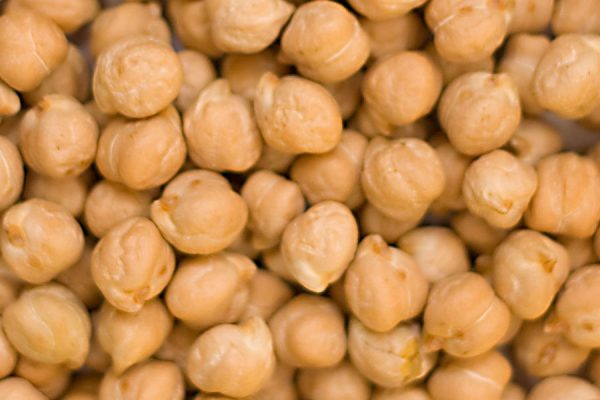
Strengths
- Production of wheat, maize and rice.
- Walnut, persimmon and different kind of vegetables are the main products of the region.
Opportunities
In order to bear maximum benefits from agriculture and horticulture sectors of Lakki Marwat, following policy options are available:
- As the climate and landscape of Lakki Marwat is mostly hilly and the area is dependent on rain water for cultivation, the government should incentivize cultivation of areaappropriate crops and other agricultural products;
- Agriculture department of KP, in collaboration with Agriculture University of KP, should apprise local farming community of productivity levels of different crops, vegetables and fruits in their area.
- Farmers should be encouraged to plant crops in which their given area holds comparative advantage. In this regard, a certain amount of financial cushion should be provided to farmer to help them in the transition phase in cases where farmers are not used to or not familiar with a high yielding agricultural product.
- Regular workshops and seminars should be conducted to educate farmers on modern farming techniques. In this regard, assistance from USAID could also be sought.
- ’Private regulated markets’ can be introduced in the region, which not only can increase the productivity of horticulture but would also benefit both consumers and sellers. For this, these steps are needed to be taken:
- Streamline the management structure.
- Educate the farmers and distributors about the value of hygiene and value addition, and ensure they provide quality products.
- Promote gradual institutional development.
- Avoid rigidities of predetermined, fixed staff.
- Make revenue collection automatic.
- Investments to improve common infrastructure and facilities should be a continual process.
2. Livestock
Livestock Population by Type of Animals & Poultry Birds during the Stock Census 2006
|
Livestock |
Population |
Livestock |
Population |
|
Cattle |
98550 |
Domestic poultry |
686061 |
|
Buffaloes |
3827 |
Camel |
6748 |
|
Sheep |
48697 |
Asses |
17311 |
|
Goats |
291711 |
Horses |
1227 |
|
Mules |
122 |
Source: – Directorate of Livestock & Dairy Development Department: Government of Khyber Pakhtunkhwa, Peshawar
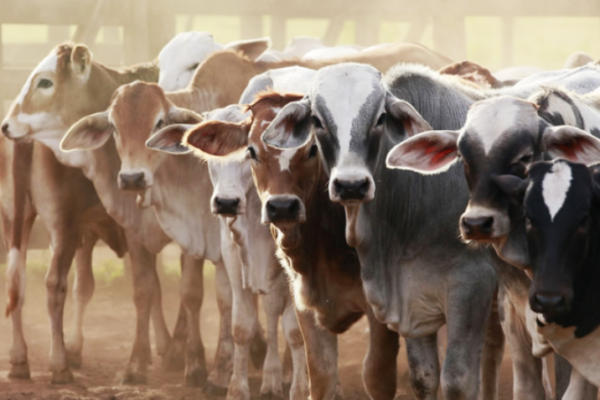
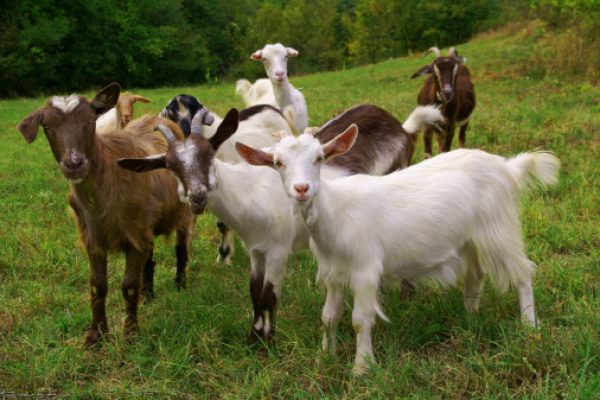
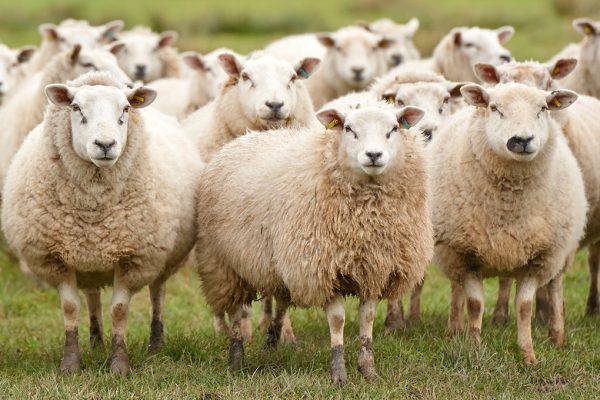
Strengths
- Abundant supply of farm animals.
Opportunities
To exploit this trade potential of livestock from Lakki Marwat, the Government of KP can take following initiatives:
- Setup modern facilities to facilitate the growth of this sector;
- A research institute on Veterinary Sciences, in collaboration with Agriculture University Peshawar. Cooperation in this regard can also be sought from New Zealand and Australia.
- A butchery with meat processing facilities.
- A training institute for farmers and cattle herders where seminars and workshops for them are regularly arranged.
- Invite local and foreign investors to install state of the art farm amenities.
- Improve road connectivity from District to border region and with other main highways of the country.
3. Minerals
|
Minerals |
Production (Tons 2014-2015) |
|
Laterite |
104,257 |
|
Limestone |
207,8705 |
|
Shale clay |
71,998 |
|
Silica sand |
52,135 |
Source: – D.G. Mines & Mineral Govt. of Khyber Pakhtunkhwa, Peshawar
The climate of Lakki Marwat is dry and the major minerals produced are laterite , limestone, shale clay and silica sand. Limestone is produced richly. Limestone has many industrial uses and can be used as mined or processed into a wide variety of products. It is the raw material for a large variety of construction, agricultural, environmental, and industrial materials. Limestone has many other uses. Powdered limestone is used as filler in paper, paint, rubber, and plastics. Crushed limestone is used as a filter stone in on -site sewage disposal systems. Powdered limestone is also used as a sorbent (a substance that absorbs pollutants) at many coal-burning facilities. It is also use in manufacturing of glass.
Laterite is the second large production in Lakki Marwat. It is used for agriculture purposes, building roads, building blocks, water supply, accessible to dug wells and waste water treatment.
Shale clay is rich sedimentary rock, with third large production. It is used for cements, bricks, tile roofs and clay products. Black shale contains organic material and sometimes breaks down to form natural gas and oil.
There is a minimum production of silica sand comparatively in Lakki Marwat. Silica sand is used for construction purposes, manufacturing of glass, ceramics, foundries, ceramics and the chemical industries. Finest form is used as functional filler for paints, plastics, rubber and is used in water filtration and agriculture.
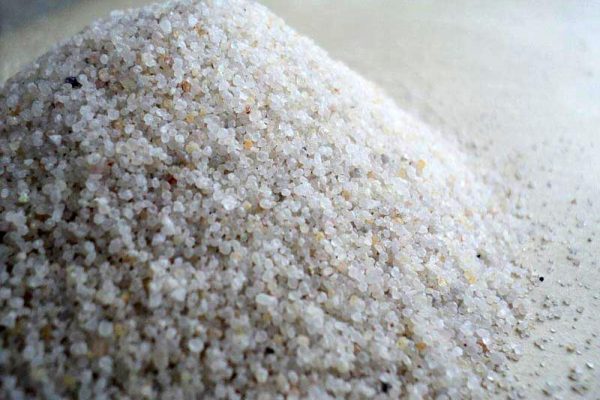

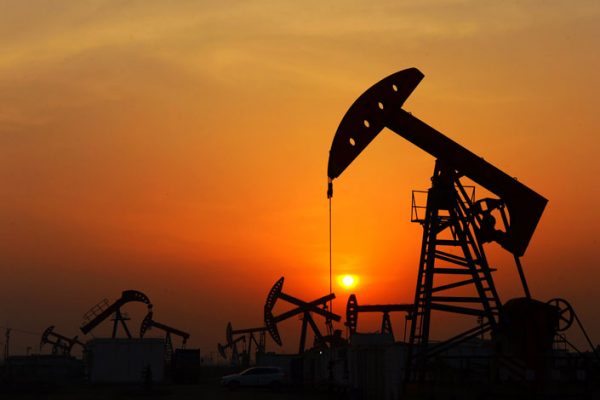
Strengths
- Considerable reserves of minerals.
Opportunities
In order to overcome the above mentioned challenges faced by the industry, and make it more competitive for global market, following policy recommendations can be adopted:
- A research institute on for mineral extraction and processing.
- Technical Training Center.
- Business Park and Office Space.
- Representative offices of KP Mineral Development Department.
- Freight Handling & Customs Centre.
- The office of KP Mineral Development Department should offer regular assistance to industry on modern mining techniques, equipment handling and environmental safety.
- KP Mineral Development Department needs to prepare an Investor’s Brief that clearly quantify / identify the potential of mining minerals in the area, and state the current level of investigation for the total amount of minerals available.
- Seek help from donor agencies and financial institutions for financing and local participation. They can also assist in opening the international markets for local products.
- To increase accessibility of local mine and industry owners to finance, KP Government can use following options:
- Establish a ‘Mineral Development Bank’ for financial and technical support of mining industry.
- Encourage all state owned and private banks to offer Islamic banking to the local owners.
- Expand cooperation with private firms from Italy, Switzerland, Germany etc., who harbor years of experience in mineral mining for grooming the local mining and processing industry.
4. Conclusion
Lakki Marwat district has few opportunities for the local and foreign investors in Oil & gas exploration at Laki block, agri business, mineral value addition, and livestock sector. If these are availed properly while addressing the above-mentioned threats, the district economy can grow excessively while uplifting livelihood standards of the locals.
